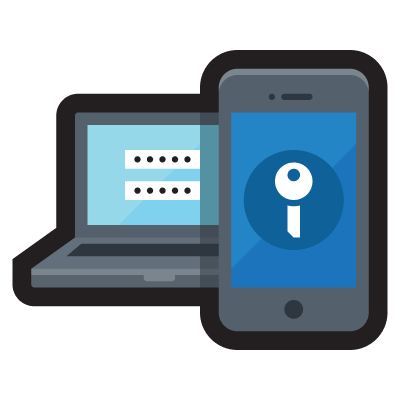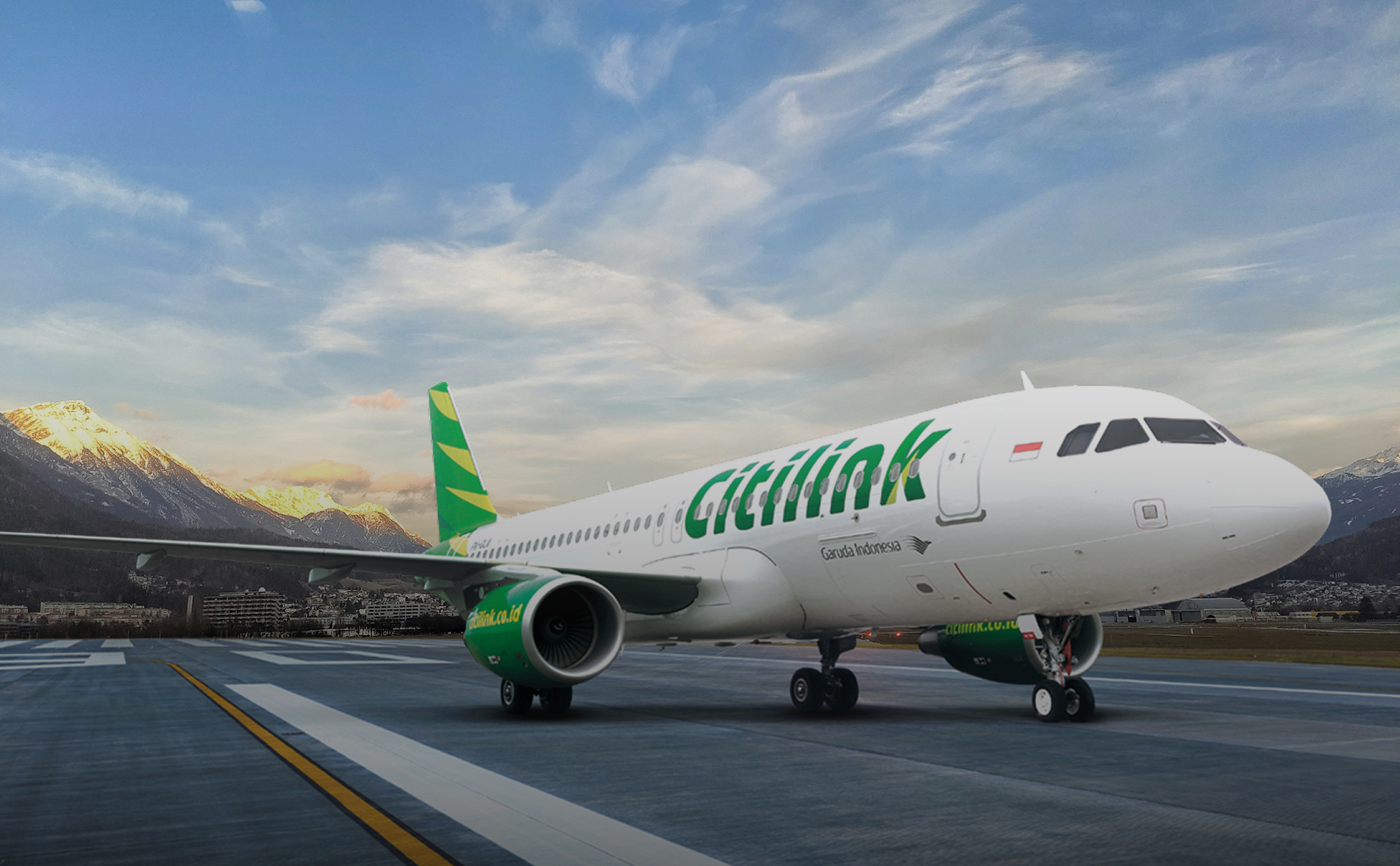Currently the maximum free baggage promo applies 20 kg per passenger per Domestic flight, for ATR aircraft 10 kg and 7 kg cabin baggage for international routes (except for DILI flight routes, free baggage allowance of 20 kg and 7 kg of cabin baggage).
Our initial rates includes for Citilink flights 7 kg carry-on baggage. Here's how to fly lightweight and safe.
Free Baggage Promo
Currently, the free baggage promo applies to all domestic flights:
- 20kg checked baggage + 7kg cabin baggage for Airbus 320 aircraft
- 10kg checked baggage + 7kg cabin baggage on ATR aircraft
Meanwhile, for baggage facilities on direct and connecting flights on International Routes Click Here
If you bring more baggage into the aircraft cabin than the existing provisions, it will be used as checked baggage that is loaded in the cargo compartment and will be charged: IDR 250,000 per piece
For international station fees, click here
This section provides the information about the free luggage that we provide for our valued customers.
Hand Luggage
For our initial tariff, you are allowed to bring one of the main hand baggage and a small object to total weight combined of up to 7 kg. If you are traveling with a toddler, you are allowed to bring food toddlers. If seats are booked for a toddler, you are also allowed to bring a toddler car seat that has been approved to the cabin. Contact Citilink Reservations so we can include them in your booking.
Sports Equipment
Sport equipment (Golf Bags, Bicycles, Windsurf Board, surf boards, sailboards, paragliding, and dive tools without gas cylinders & HangGliding) will be charged as a sport equipment tariff, if sufficient space is available.
- L: 56cm
- W: 36cm
- H: 23cm
- L + W + H = 115cm Max. Weight 7 kg
- L: 41cm
- W: 34cm
- H: 17cm
- L + W + H = 92cm Max. Weight 7 kg
The Luggage that are prohibited
| 01. Nail clippers 02. File nail 03. Folding knive 04. Scissors 05. Knive or cutting tools |
06. Weapon toys 07. Sprays 08. Matches or lighters 09. Equipment 10. Beater |
11. Fire arms and ammunitions
|
The maximum length of a large objects depend on the type of the aircraft. Please remember, if your trip is composed of several flights, the applicable maximum limit is the smallest one.
We will ensure that your luggage arrives on time and in the same condition as we receive it. If the Baggage that are entrusted or your cabin baggage is lost or damaged, you can ask the help of the staff in Citilink Baggage Booth in the airport of arrivals or to the Citilink Service Desk if Citilink Baggage Booth is not available. If your luggage is damaged, you must show the the luggage to the staff to learn the damage level.
Check-in must be completed prior to the scheduled departure time of your flight. After this time limit, passenger will not be served.
Boarding should be performed prior to the scheduled departure time of your flight. After this time limit, passenger will not be allowed to board onto the aircraft.
Conditions for Smart Lugagge or Airwheel
| Type | References | Action | Remarks | |
| Non - Removeable Lithium Battery | 1. IATA DGR Tabel 2.3.A (64Th Edition) 2. IATA Guidance on Smart Baggage with integrated lithium batteries and electronics (Feb 2019) 3. IATA Smart Baggage with Integrated Lithium Batteries and/or Electronics (May 2017) |
Not Accepted as Cabin or Checekd Baggage | Prohibited | |
| Smart Luggage / Airwheeler May Be Carriage as Cargo (UN 3171 SP A214). Report min 04 Hrs before Departure |
||||
| Removeable Lithium Battery | Accepted, with Guidance As Follow; | Apply to All PED as IATA's PED Definition | ||
| Revision May Apply | ||||
| IATA Guidance PASSENGERS TRAVELLING WITH LITHIUM BATTERIES | ||||
| Wh rating or lithium metal content | Configuration | Carry-on baggage* | Checked baggage | Operator approval |
| ≤ 100 Wh / 2g | In equipment (PED or PMED) | Yes (max 15 PED/PMED 1) | Yes | No |
| Spare battery(ies) | Yes (max 20 spare batteries) | No | No | |
| >100 to ≤160Wh | In equipment (PED or PMED) | Yes | Yes | Yes |
| Spare battery(ies) | Yes (max 2 spare batteries) | No | Yes | |
| >160Wh | Must be prepared and carried as cargo in accordance with the IATA Dangerous Goods Regulations |
|||
| > 2g ≤ 8g | In equipment (PMED only) | Yes | Yes | Yes |
| Spare batteries for PMED | Yes (max 2 spare batteries) | No | yes | |
| *Note: | ||||
| 1. Each person is limited to carry 1 (One) Smart Luggage / Airwheel Luggage and 1 (one) Spare Battery | ||||
| 2. Encourage to purchase any PED's from trusted merchandiser / vendor | ||||
| 3. Non- Specify or Non-Identified PED Shall be Rejected. | ||||
| Definition: | ||||
| 1. A portable electronic device (PED) is defined by the International Air Transport Association (IATA) as any piece of lightweight, electrically-powered equipment. These devices typically are consumer electronic devices, capable of communication, data processing and/or computing. Examples are laptop computers, tablets, e-readers, smartphones, MP3 players, drones and electronic toys. | ||||
| 2. PED : Portable Electronic Devices | ||||
| 3. PMED : Portable Medical Electronic Devices | ||||
| Guidence For: | Procedures; | |||
| Portable electronic devices (PED) containing batteries | PEDs, which may include electronics such as cameras, mobile phones, laptops and tablets containing batteries, when carried by passengers for personal use, should be carried in carry-on baggage. | |||
| If devices are carried in checked baggage: | ||||
| 1. measures must be taken to protect the device from damage and to prevent unintentional activation; | 2. the device must be completely switched off (not in sleep or hibernation mode). | |||
| Spare lithium batteries | Spare batteries must be individually protected to prevent short circuits by placement in the original retail packaging or by otherwise insulating terminals, e.g. by taping over exposed terminals or placing each battery in a separate plastic bag or protective pouch and carried in carry-on baggage only. Articles containing lithium cells or batteries, the primary purpose of which is to provide power to another device, e.g. power banks, are considered as spare batteries and are restricted to carry-on baggage only. |
|||
| Batteries must be of a type that meets the requirements of the UN Manual of Tests and Criteria, Part III, subsection 38.3. | ||||
| Electronic cigarettes containing batteries – “e-cigarettes” | Electronic cigarettes including e-cigars and other personal vaporizers containing batteries when carried by passengers for personal use must be in carry-on baggage only. Recharging of these devices and/or batteries on board the aircraft is not permitted and the passenger must take measures to prevent accidental activation | |||
| Baggage with integrated lithium batteries – “smart luggage” | These devices could include integrated lithium batteries, motors, power banks, GPS, GSM, Bluetooth, RFID or Wi-Fi technology. The presence of the lithium batteries can contravene various regulatory requirements. Examples of “smart” luggage include features such as: | |||
| 1. Lithium ion battery and motor allowing it to be used as a personal transportation device. | 2. Lithium ion battery power bank that allows charging of other electronic devices. | 3. GPS tracking devices with or without GSM capability | 3. Bluetooth, RFID and Wi-Fi capability. | |
| All portable electronic devices (PED) carried on an aircraft are subject to specific requirements to ensure that they do not pose a hazard to aircraft systems due to electromagnetic radiation. | ||||
| Baggage equipped with a lithium battery, other than lithium button cells: | ||||
| 1. If the baggage is to be checked in, the lithium battery must be removed from the baggage and the lithium battery must be carried in the cabin; or | 2. The baggage must be carried in the cabin. | 3. Baggage where the lithium battery is designed to charge other devices and cannot be removed is forbidden for carriage. | ||
For those of you who have not joined as a LinkMiles member,
register now and don't miss our special offers.
Visit: member.citilink.co.id
#BetterFlyCitilink



